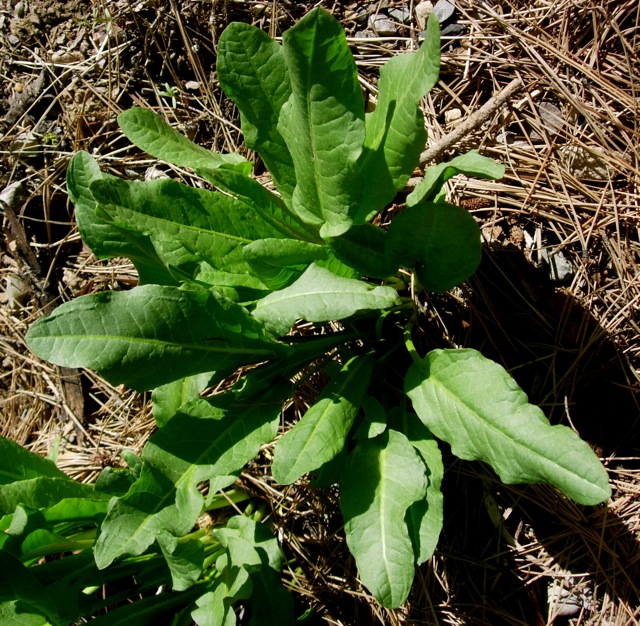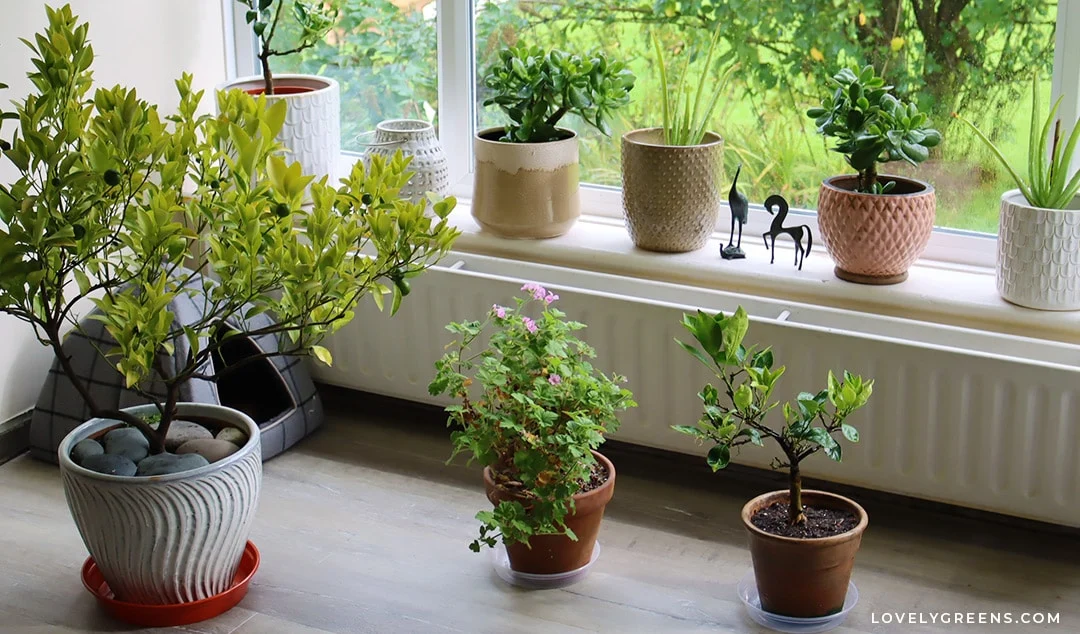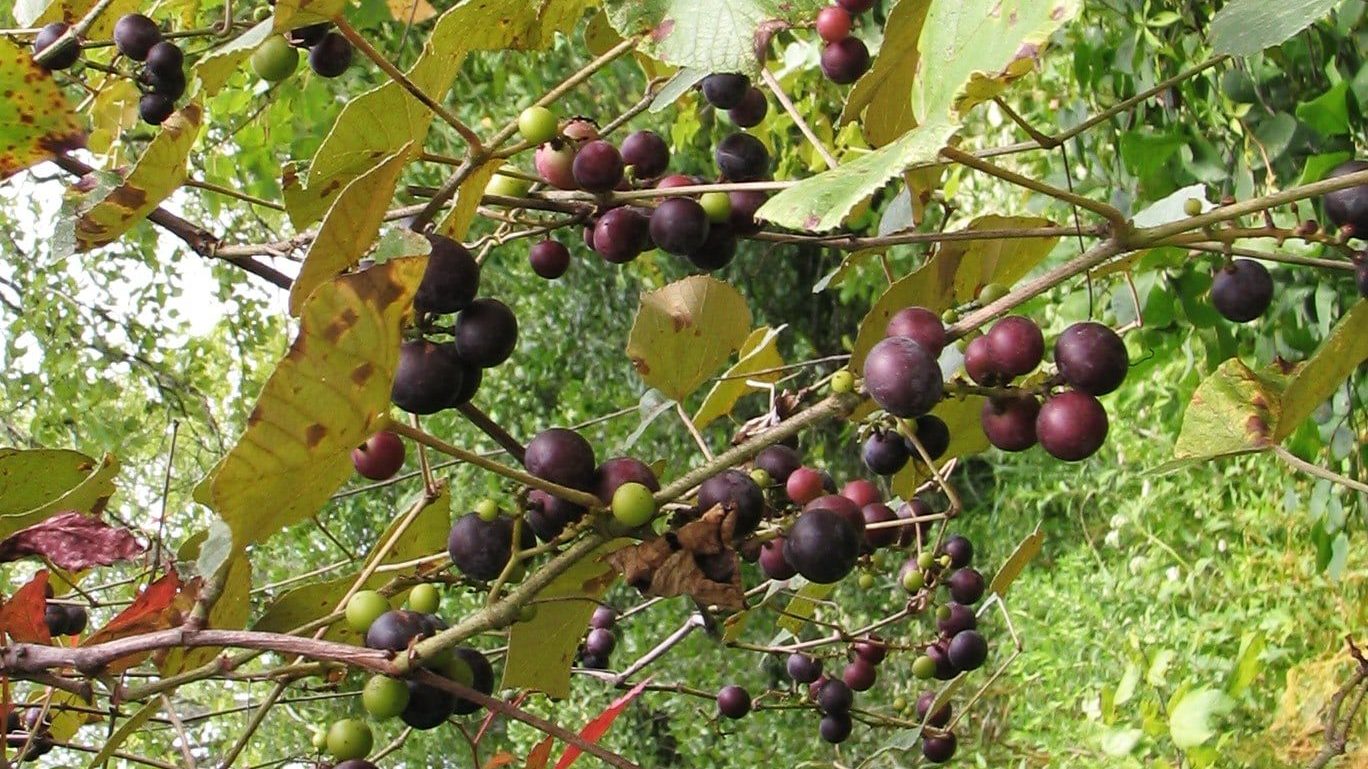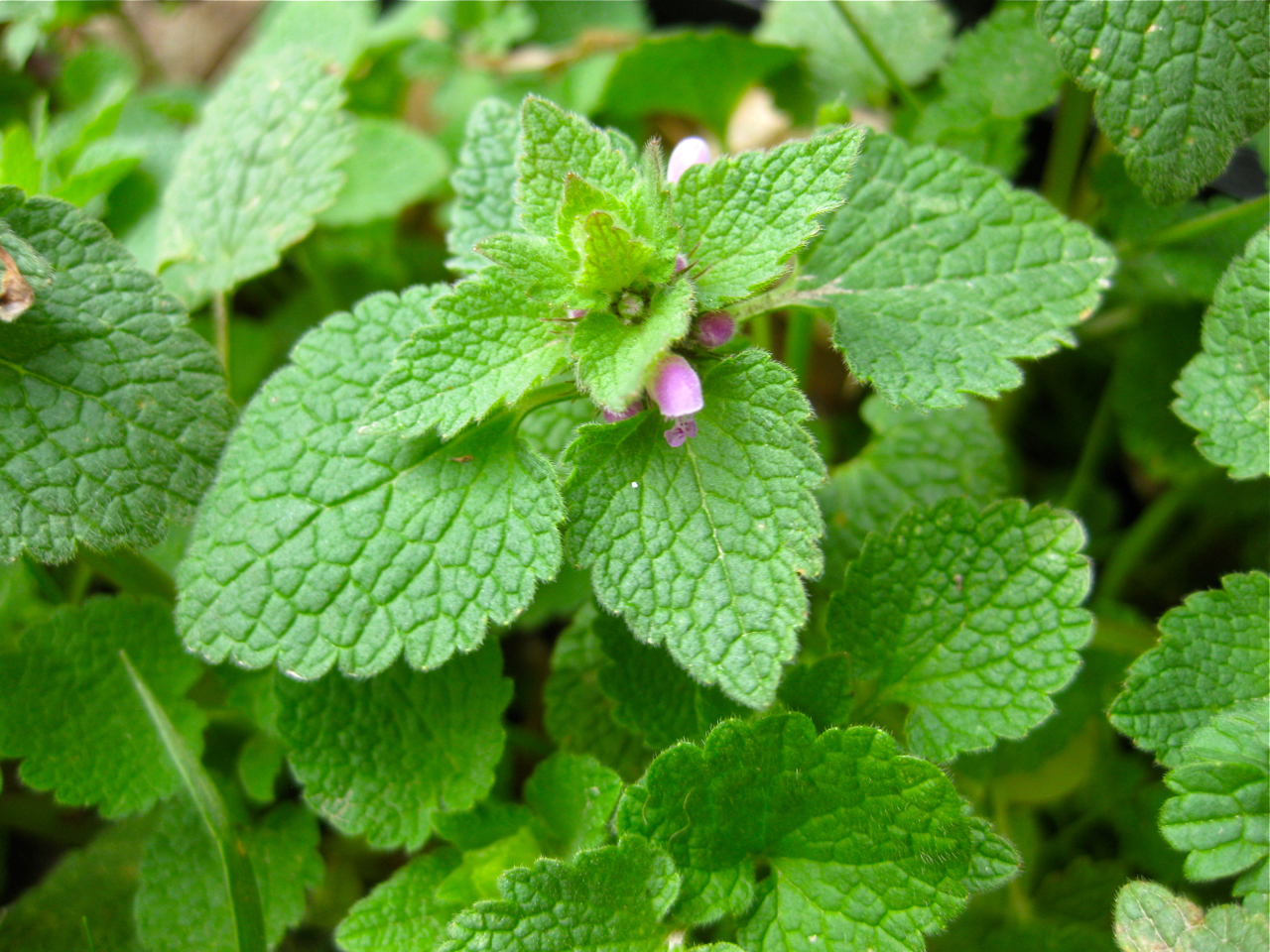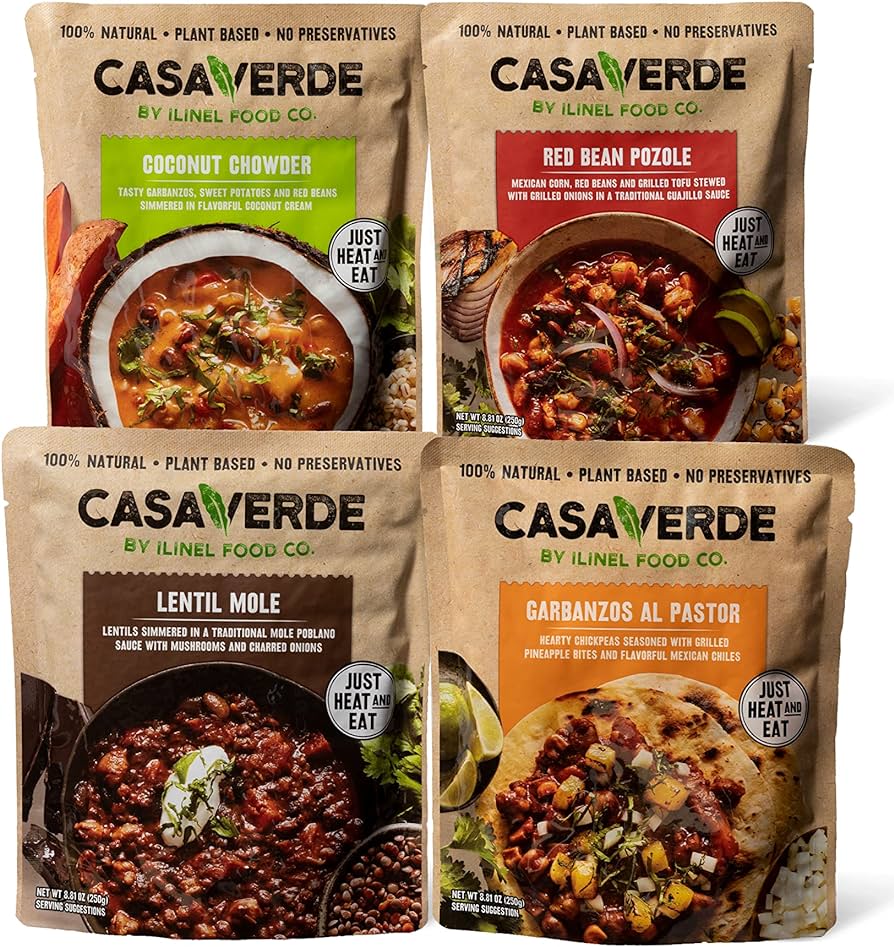To make kitchen garden vegetables, choose a sunny spot, prepare the soil, sow the seeds, water regularly, and harvest when ready.
Choosing The Right Vegetables
When it comes to making your kitchen garden a success, choosing the right vegetables is crucial. Here are some considerations to keep in mind:
Consider Climate And Soil
Before selecting your vegetables, consider your local climate and soil conditions. Certain vegetables thrive in specific climates and soil types, so choosing vegetables suited to your region increases your chances of a successful harvest.
Selecting Varieties For Your Region
When deciding on the types of vegetables to grow, look for varieties that are well-suited to your specific region. Choosing vegetables that are suited to your local climate and soil will ensure better growth and yield.
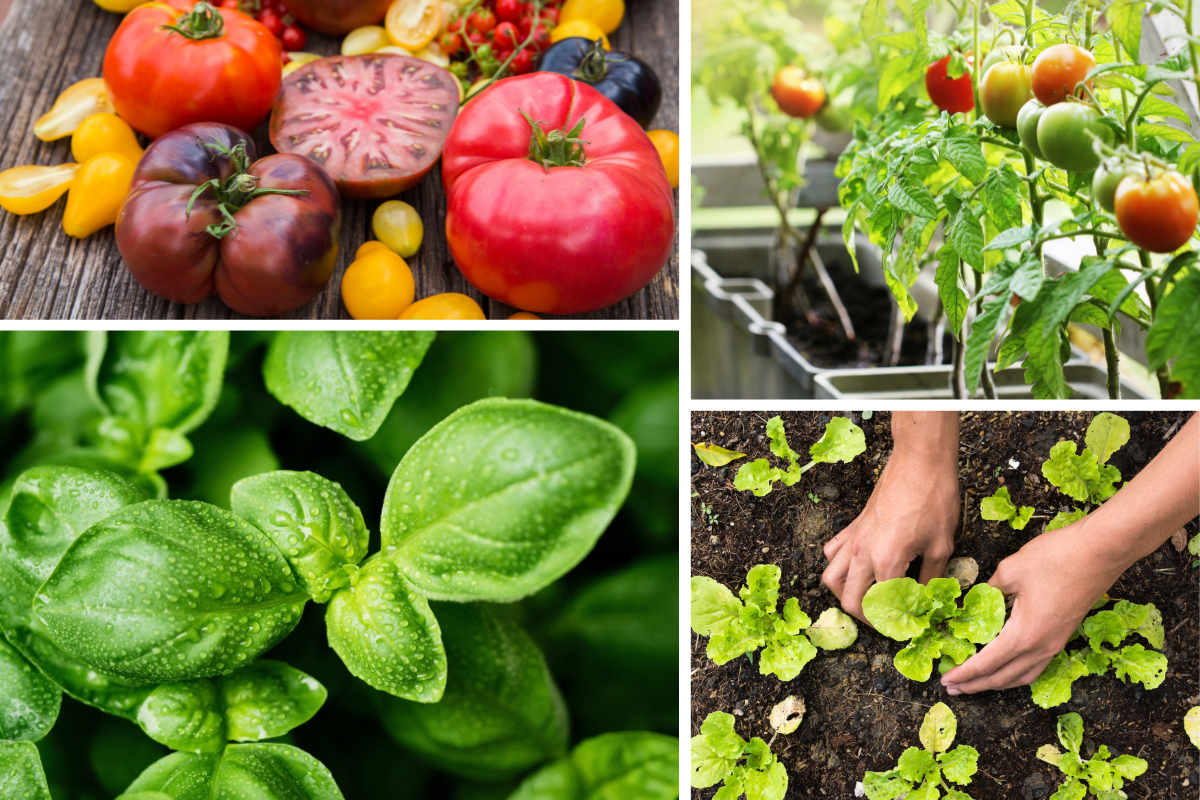
Credit: www.everydaycheapskate.com
Setting Up Your Kitchen Garden
Setting up a kitchen garden is a rewarding way to grow your own fresh vegetables right at home. Whether you have a sprawling backyard or limited space on your balcony, with a little planning and preparation, you can create a thriving kitchen garden that will provide you with a bountiful harvest. In this section, we will guide you through the essential steps to set up your own kitchen garden.
Choosing The Proper Location
Picking the right location is crucial for the success of your kitchen garden. Vegetables typically require a minimum of six hours of sunlight daily. Look for a spot that receives ample sunlight throughout the day. Additionally, consider easy access to water sources for irrigation. If you have a small outdoor space, you can also opt for container gardening solutions like hanging baskets or vertical planters.
Preparing The Soil
Preparing your soil is a vital step in the kitchen garden setup. Start by removing any weeds, rocks, or debris from the selected area. Loosen the soil using a garden fork or a tiller, ensuring it is free from clumps. Enrich the soil by adding organic matter such as compost or well-rotted manure. This will enhance its fertility and drainage, providing a healthy environment for your plants to thrive. Before planting, ensure the soil is adequately moist but not waterlogged.
Consider conducting a soil test to determine the pH level. Most vegetables prefer slightly acidic soil with a pH between 6 and 7. You can adjust the pH by adding lime if the soil is too acidic or sulfur if it is too alkaline. This helps create an optimal growing environment for your vegetables.
In Summary:
- Select a location with ample sunlight and easy access to water.
- Remove weeds and debris from the area and loosen the soil.
- Enrich the soil with organic matter for improved fertility and drainage.
- Ensure the soil has the proper pH level for optimal vegetable growth.
Planting And Caring For Vegetables
Planting and caring for vegetables is an essential part of cultivating a thriving kitchen garden. Whether you are sowing seeds or transplanting young plants, providing adequate water and nutrients, and managing pests and diseases, proper care will ensure a bountiful harvest of fresh, flavorful vegetables.
Sowing Seeds Or Transplants
When sowing seeds, follow the directions on the seed packet for proper planting depth and spacing. Keep the soil consistently moist until seeds germinate. For transplants, gently remove the plant from its container and carefully place it in a hole at the same depth it was growing. Water thoroughly after planting.
Watering And Fertilizing
- Water your vegetable garden deeply and less frequently to encourage deep root growth.
- Apply a balanced fertilizer according to the specific needs of each vegetable. Avoid over-fertilizing, as this can lead to excessive leaf growth at the expense of fruit production.
Controlling Pests And Diseases
- Regularly inspect your vegetable plants for signs of pests or disease. Early detection allows for prompt treatment.
- Consider natural pest control methods such as companion planting, hand-picking pests, or using organic insecticidal soaps and neem oil.
Harvesting Your Fresh Produce
Ensuring you pick your vegetables at the optimum time will guarantee the freshest and most flavorful produce. From the lush greens of lettuce to the vibrant hues of ripe tomatoes, each vegetable has its unique criteria for determining when it’s ready to be picked. Learning the best practices for harvesting your homegrown vegetables will ensure you enjoy the fruits of your labor to the fullest.
Timing Your Harvests
Understanding the ideal time to harvest your vegetables is crucial for flavorful and nutrient-rich produce. Many vegetables are best picked when they reach a certain size, while others are best harvested when they show specific coloration or firmness. Refer to seed packets or plant tags for approximate timelines, but keep in mind that external factors like weather can also impact readiness for harvesting.
Best Practices For Picking Vegetables
Follow these best practices to ensure you are picking your vegetables correctly:
- Harvest leafy greens and herbs in the morning for the best flavor and longest shelf life.
- Use a sharp, clean knife or scissors to avoid damaging the plant when picking.
- Gently grasp the vegetable and twist or cut it off the plant to avoid causing unnecessary stress on the plant or damage to the roots.
- Handle produce carefully to avoid bruising and maintain freshness.
Sustainable Gardening Practices
In order to make your kitchen garden vegetables thrive in a sustainable way, it is important to adopt eco-friendly gardening practices. By implementing methods such as composting and mulching, and using natural pest control techniques, you can not only enhance the growth and health of your plants but also contribute to a healthier environment. Let’s explore these sustainable gardening practices in detail:
Composting And Mulching
Composting is an excellent way to minimize waste and create nutrient-rich soil for your kitchen garden vegetables. By composting organic kitchen scraps, yard waste, and fallen leaves, you can produce a natural and cost-effective fertilizer. This helps reduce the use of chemical-based fertilizers that harm the environment.
Mulching, on the other hand, plays a vital role in retaining moisture in the soil, protecting it from erosion, and suppressing weed growth. Organic materials like straw, grass clippings, or wood chips can be used as mulch. They act as a natural insulation layer, regulating the temperature of the soil and providing a favorable environment for plant growth.
Using Natural Pest Control Methods
Instead of relying on harmful pesticides that can disrupt the ecological balance, it is wise to opt for natural pest control methods to protect your kitchen garden vegetables. One effective approach is companion planting, where certain plants are strategically placed together to deter pests. For example, marigolds can help repel insects that typically attack vegetables.
In addition, introducing beneficial insects like ladybugs or praying mantises can help control pest populations naturally. These insect allies prey on harmful pests, reducing the need for chemical interventions. Regularly inspecting your plants for signs of pests and promptly addressing any infestations can also prevent the situation from worsening and minimize the need for chemical interventions.
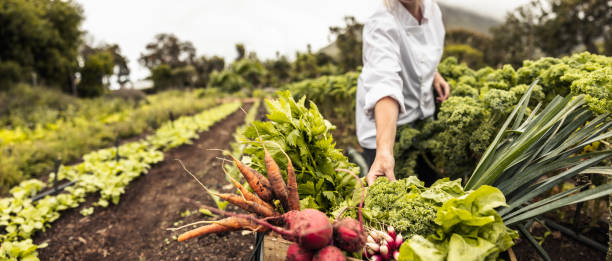
Credit: www.istockphoto.com
Troubleshooting Common Issues
When growing your own vegetables in a kitchen garden, various issues may arise that could affect the health and growth of your plants. Understanding how to troubleshoot common problems can help you maintain a thriving garden. Here are some ways to address typical issues:
Dealing With Sunlight Or Shade Problems
- Ensure plants needing lots of sunlight are placed in sunny spots.
- For plants preferring shade, position them where they receive limited sunlight.
- Consider using shading techniques for plants struggling with excessive sun exposure.
Managing Overcrowding
| Issue | Solution |
|---|---|
| Overcrowded plants compete for nutrients. | Thin out excess plants to provide ample space for growth. |
| Stunted growth due to lack of space. | Replant overcrowded vegetables in separate containers or spaces. |
By addressing these common issues promptly, you can ensure a successful kitchen garden with robust and healthy vegetables.
Enjoying Your Homegrown Vegetables
There’s nothing quite like the satisfaction of enjoying the fruits of your labor when you have a rich bounty of homegrown vegetables. Whether you’re harvesting tomatoes, cucumbers, or a variety of herbs, the flavors and freshness of your garden produce are unmatched. Here’s how you can make the most of your homegrown vegetables and enjoy them in delicious meals and by sharing your harvest with others.
Cooking With Garden Fresh Produce
When you have a kitchen garden brimming with fresh vegetables, it’s the perfect opportunity to elevate your culinary skills by using garden-fresh produce. Experiment with new recipes that showcase the vibrant flavors of your homegrown veggies. Make refreshing salads with crisp lettuce, juicy tomatoes, and crunchy cucumbers from your garden. Add a burst of flavor to your dishes with aromatic herbs like basil, mint, and parsley. The possibilities are endless when you have an abundance of homegrown vegetables at your fingertips.
Sharing Your Harvest With Others
Sharing your garden’s bounty with friends, family, and neighbors is a wonderful way to spread joy and nourishment. Whether you have surplus tomatoes, zucchinis, or herbs, consider packaging them up in small crates or baskets and giving them away as thoughtful gifts. You could also organize a vegetable exchange with fellow gardeners in your community, allowing everyone to enjoy a variety of homegrown produce. Additionally, donating your excess harvest to local food banks or shelters is a meaningful way to contribute to those in need while spreading the love of fresh, homegrown vegetables.
Conclusion And Next Steps
Discover the rewarding process of growing your own fresh kitchen garden vegetables. Take the necessary steps towards a sustainable and healthy lifestyle by learning how to cultivate your own produce at home. Embrace the satisfaction of harvesting your homegrown vegetables and enjoy the journey of creating delicious meals straight from your garden.
Reflecting On Your Gardening Experience
Now that you have successfully cultivated your own kitchen garden vegetables, it’s time to reflect on your gardening experience. Take a moment to appreciate the effort and care you put into nurturing these plants from seedlings to harvest. Reflecting on your gardening journey can help you gain valuable insights and make improvements for future success.
Consider the following points:
- What worked well? Think about the vegetables that thrived in your garden. Did you notice any patterns or specific techniques that contributed to their success? It’s essential to identify these successful strategies so that you can replicate them in the future.
- What challenges did you face? Gardening isn’t without its challenges. Think about the obstacles you encountered throughout the process and how you overcame them. This self-reflection will help you understand your strengths and areas where you can improve.
- What lessons did you learn? Gardening is an ongoing learning experience, and each season presents new opportunities for growth. Take note of any valuable lessons you have learned along the way. These lessons will guide you towards becoming a better gardener.
Planning For Future Success
Now that you have reflected on your gardening experience, it’s time to plan for future success. By considering the lessons you’ve learned and implementing new strategies, you can take your kitchen garden vegetables to the next level. Follow these steps to prepare for a successful gardening season:
- Research new varieties: Explore different vegetable varieties that you haven’t grown before. This will not only add excitement to your garden but also diversify your produce. Look for vegetable options that are well-suited to your climate and gardening conditions.
- Develop a planting schedule: A planting schedule is an invaluable tool that helps you stay organized and maximize your garden’s productivity. Determine the appropriate planting and harvesting times for each vegetable and create a timeline accordingly.
- Improve your soil: Healthy soil is the foundation of a successful garden. Conduct a soil test to determine its nutrient levels and pH. Based on the results, amend your soil with organic matter or fertilizers to create optimal growing conditions for your plants.
- Implement crop rotation: Crop rotation is crucial for preventing soil-borne diseases and replenishing essential nutrients. Plan to rotate your vegetables in different areas of the garden each year to maintain soil health and minimize pest and disease issues.
- Maintain consistent watering: Water is a vital element for your plants’ growth. Establish a regular watering routine to ensure your kitchen garden vegetables receive adequate moisture. Consider using efficient watering techniques such as drip irrigation or soaker hoses to conserve water.
- Protect against pests and diseases: Research natural pest control methods and implement preventative measures to safeguard your garden. Use natural pest repellents, introduce beneficial insects, and practice good garden hygiene to minimize pest and disease problems.
With proper planning and continued dedication, your kitchen garden vegetables will thrive season after season. So, get ready to enjoy the freshest produce straight from your own backyard!

Credit: www.motherearthnews.com
Frequently Asked Questions On How To Make Kitchen Garden Vegetables
What Are The Easiest Vegetables To Grow In A Kitchen Garden?
You can start with tomatoes, peppers, lettuce, and herbs; they are beginner-friendly.
How Can I Maximize The Space In My Kitchen Garden For More Produce?
Utilize vertical gardening, interplanting, and companion planting to make the most of your space.
When Is The Best Time To Harvest Vegetables From A Kitchen Garden?
Harvest in the morning for optimal freshness and flavor, after the dew has dried.
How Can I Protect My Kitchen Garden Vegetables From Pests And Diseases?
Utilize natural pest control methods like companion planting, beneficial insects, and organic sprays.
Conclusion
Growing your own vegetables in a kitchen garden can be a rewarding and sustainable way to ensure fresh and healthy produce right at your doorstep. By following the simple steps and tips outlined in this blog post, you can create a thriving garden filled with a variety of delicious vegetables.
Start enjoying the benefits of homegrown food and take pride in contributing to a greener and more self-sufficient lifestyle. Happy gardening!


